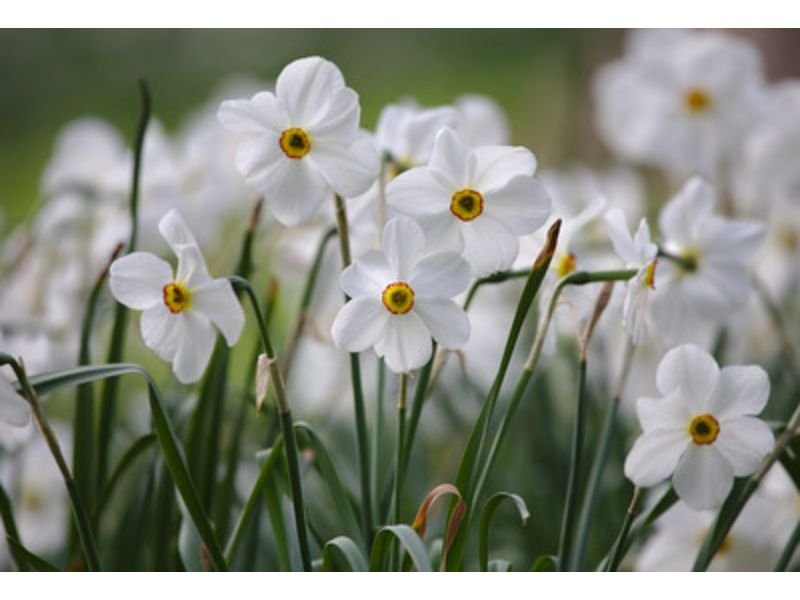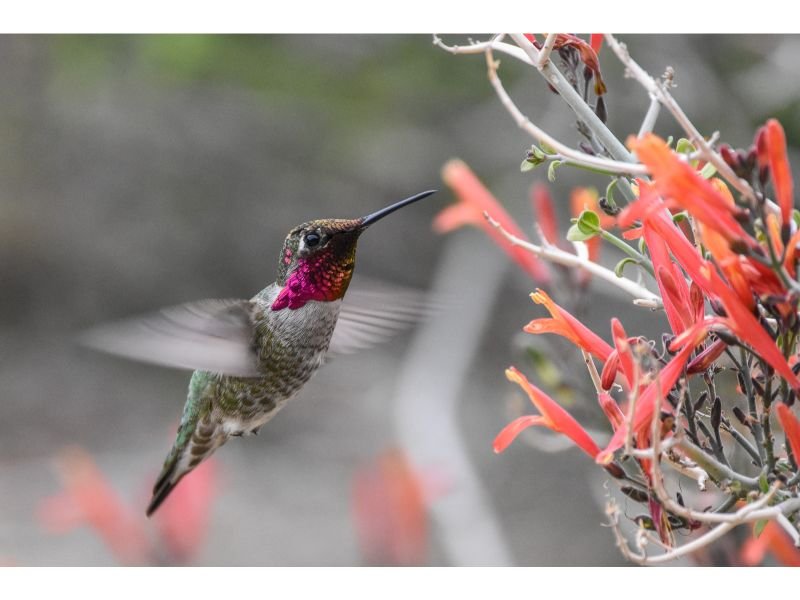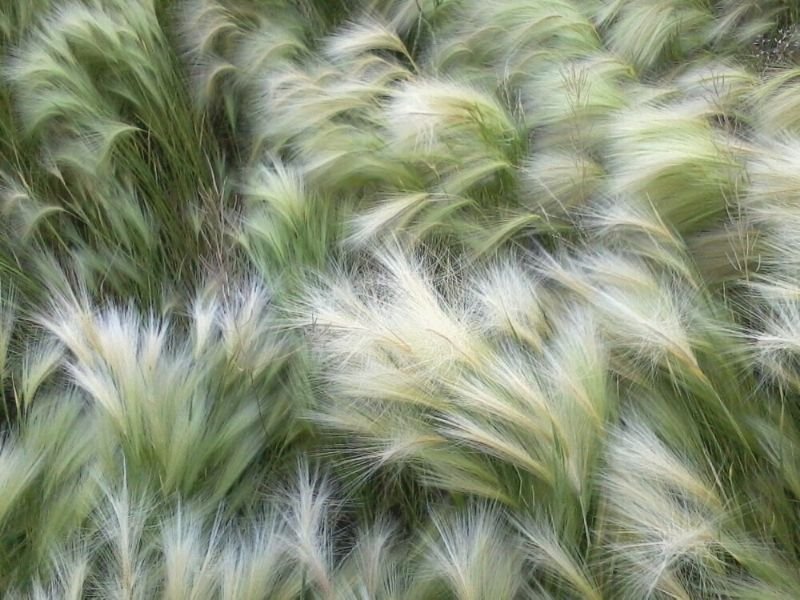Giving adorable flowers is one of the most delicate ways to express our feelings without having to directly say it. Finding some blooms that represent love and friendship is indeed not a difficult task to do, but what about finding flowers that convey the message of knowledge?
Whether congratulating your friends’ success on their thesis, or simply adoring how broad your loved one’s intelligence capability is, you surely can pick these flowers that mean knowledge for almost every special occasion. Let’s take a look!
Table of Contents
10 Flowers That Represent Knowledge
Cited from the International Journal of Crowd Science, knowledge is a practical and theoretical understanding of certain subjects. Although knowledge is heavily associated with books, as we learn new things generally by reading, certain flowers carry the same meaning as well. Here are 10 flowers that represent knowledge.
Bachelor’s Button (Centaurea cyanus)
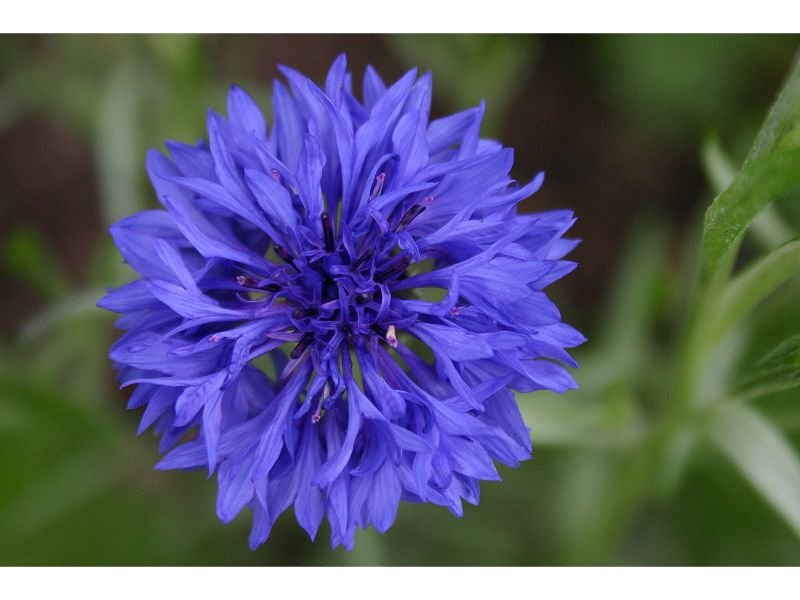
Zones: 2 to 11
Soil: Loam or clay with high organic matter
Water: Keep regular watering, about once a week
Garden Landscape: Pollinator garden, butterfly garden, small space garden
The tiny bachelor’s button flower is favored for its bright blue, pink, or white inflorescence that blooms during the hot summertime. Aside from being edible and creating such perfect cut flowers for your vase and bouquet, the bachelor’s button was worn by men during the Victorian Era on the button holes of their suit coats. Wearing suit coats was a common thing during that time, and suit coats were something that marked men’s intelligence. Therefore, these tiny and edible blooms are part of flowers that mean knowledge.
Amethyst Flower (Browallia speciosa)

Zones: 9 to 11
Soil: Any kind of soil with high organic matter
Water: Keep regular watering, about 1-2 inches per week
Garden Landscape: Small garden spaces
These star-shaped annual and perennial flowering plants are notable for their beautiful amethyst color. They are part of the nightshade family and are native to South and Central America. The stunning amethyst flower bears a message as beautiful as the amethyst stone. They are purple flowers that represent knowledge, wisdom, peace, and clarity of mind.
Old Man’s Beard (Clematis)
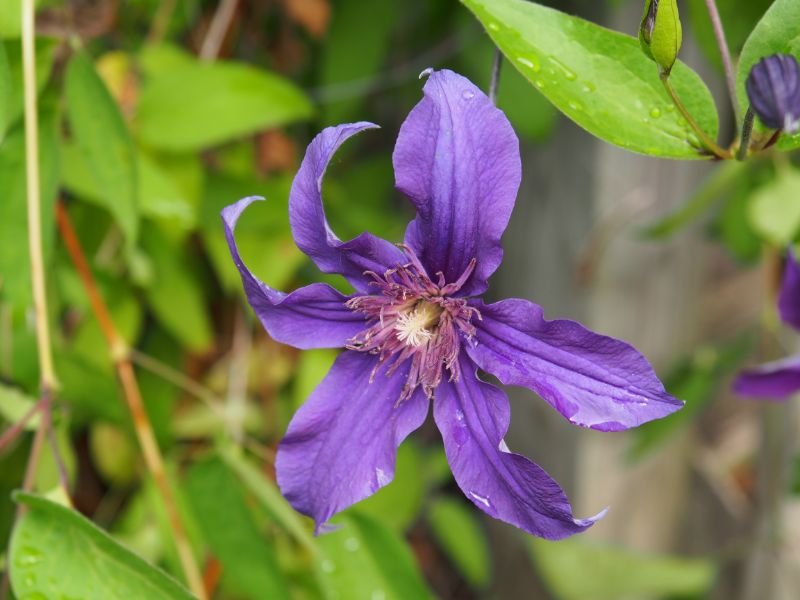
Zones: 3 to 9
Soil: All types of soil, well-drained, moist
Water: Keep regular watering only before the plant matured
Garden Landscape: Deer-resistant garden, butterfly garden, small space garden, pollinator garden
The exotic clematis is known for its white, ‘hairy’ seeds that resemble an old man’s beard. With more than 300 cultivars and hybrid species, it’s easy to see that clematis has been one of the top picks among gardeners, despite there being a naturally poisonous plant. Clematis, especially the white ones, are flowers that mean knowledge, philosophical intelligence, and wisdom–just like an old man!
Globe Thistle (Echinops ritro)

Zones: 2 to 8
Soil: Any type of soil
Water: Keep regular watering, about once a week
Garden Landscape: Pollinator garden, drought-tolerant garden, rabbit-resistant flower
A perennial Mediterranean and Asian flowering plant known for its globe-shaped blossoms, the globe thistle is not only blessed with a breathtaking look but is also beneficial for humans. They’re high in anti-mycobacterial and anti-microbial components. In addition to being flowers that mean knowledge, globe thistle is also glorified as flowers that represent strength–as they’re adaptable to thrive in almost every growing condition.
Daffodil (Narcissus)

Zones: 4 to 8
Soil: Loam, sand, high organic matter, well-drained, moist
Water: About once or twice a week
Garden Landscape: Small garden space, pollinator garden, drought-tolerant garden, salt-tolerant garden
Also known as jonquils, daffodils are perennials with rapidly growing phases and are famous for their mythological background story. These fragrant flowers prefer spring and winter as their blooming seasons. Their deep dark brown center visually looks like an eye if seen from afar, but not everyone can see it. This morphological aspect of daffodils makes them flowers that mean knowledge, as with knowledge you can understand what others can’t think of.
Marigold (Tagetes)
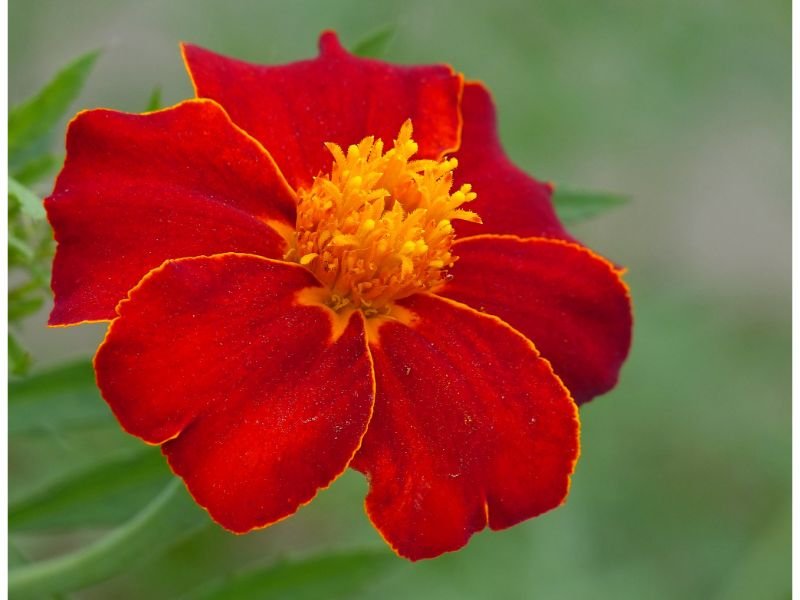
Zones: 2 to 11
Soil: Any kind of soil with high organic matter, well-drained, moist
Water: Regular watering, except for growing in containers where they need more watering
Garden Landscape: Pollinator garden, tropical garden, small space garden, drought-tolerant garden
This Mexico, South, and Central America native flowering plant has distinctive bright yellow and orange colors that make them stand out. Marigold is a special flower for every Mexican since this delicate flower is the symbol of their national spiritual day, which is called the Day of the Dead. Marigold’s Latin name, ‘tagetes’, is also derived from Tages, one of the founding fathers of the Etruscan Religion. Tages is the God of Wisdom with deep knowledge in the face of an old man. Therefore these showy flowers that mean knowledge are also popular as flower arrangements for school celebrations.
Venus Fly Trap (Dionaea muscipula)
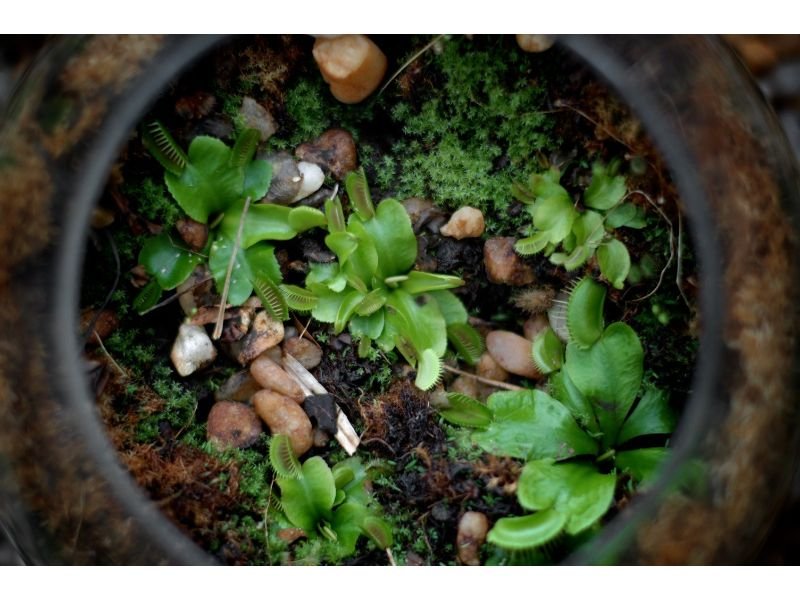
Zones: 6 to 10
Soil: Sandy, loam, good drainage, must be nutrient and mineral free
Water: Mineral-free water or rainwater
Garden Landscape: Small space garden, rain garden, carnivorous-themed garden
Perhaps, we’ve all been thought by our biology teacher that Venus fly traps get their energy by consuming small insects and arachnids like bees and spiders. But do you know that the Venus fly trap is the finest example of a ‘smart plant’? Venus fly traps have a unique way to preserve their energy while still getting the chance to feed themselves. They only closed their trap after counting how many times their ‘hair’, which is located at the base of their traps, is being touched! It’s no wonder to see why these flowers that mean knowledge are seen that way.
Shame Plant (Mimosa pudica)
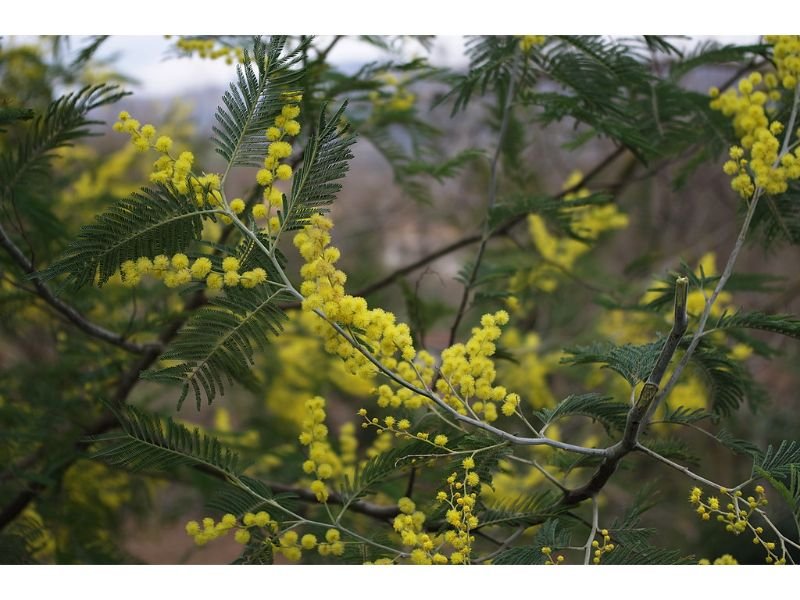
Zones: 2 to 8
Soil: Moist, well-drained, loam
Water: Regular watering to keep the soil moist
Garden Landscape: Walkways, ground-cover plant
Also known as the touch-me-not plant, the shame plant got its name because of its ‘quirky’ and ‘shy’ dark green foliage that will close in response to touch stimuli. They produce round, pom-pom-like pink or purple blossoms. The shame plant is a flower that symbolizes knowledge for its unique response to the outside world, to protect itself from predators that might harm its elegant flowers and foliage.
Sacred Lotus (Nelumbo nucifera)

Zones: 4 to 10
Soil: Loam, high organic matter, always keep the soil underwater
Water: Constantly must be in the water, for at least 12-18 inches deep
Garden Landscape: Water garden, pond garden
The sacred lotus is a perennial and annual aquatic flowering plant that originated in Asia. It’s a sacred symbol in Hinduism and Buddhism, as these summer-blooming flowers that mean knowledge, spirituality, wisdom, and eternity also convey the message of rebirth or the start of something new. The symbolism of rebirth derived from the flower’s bloom, where they open in the morning and close at night.
Fleur-de-lis (Iris)
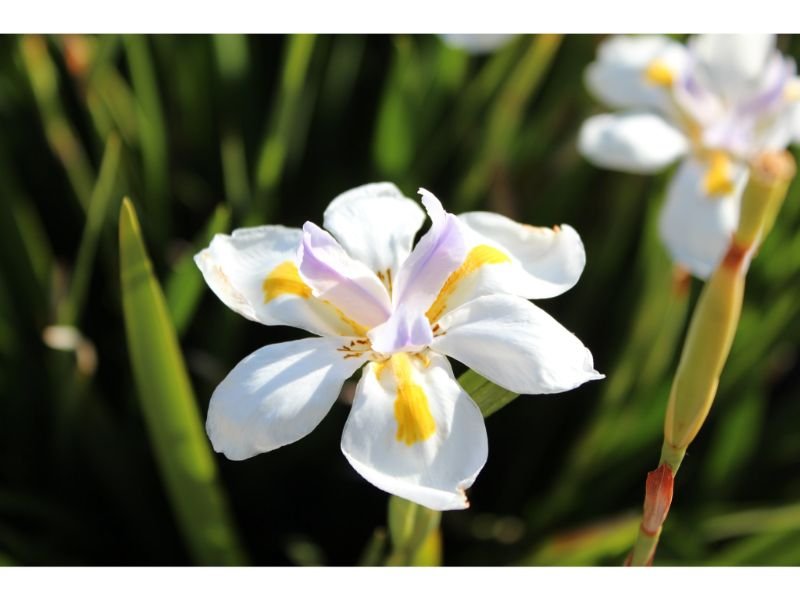
Zones: 5 to 9
Soil: Well drained, high organic matter, loam, moist
Water: Constant moisture, water deeply about once a week
Garden Landscape: Small space garden, deer-tolerant garden
The name fleur-de-lis is derived from the French language, with the same meaning as ‘lily flower’. You can see the fleur-de-lis or iris flower as a significant symbol in parts of French Monarch buildings, arts, and literature. Not only do the three petals of these beautiful flowers convey the message of wisdom, wealth, and good luck, but these are also flowers that mean knowledge–as expected from someone from the Monarch Family to be full of high intelligence, graceful, and also elegant.
Flower That Symbolizes Knowledge: A Summary
The widely known beauties like the sacred lotuses, irises, marigolds, and Venus fly traps are just a handful of examples of flowers that mean knowledge. As part of human beings, knowledge is absolutely important and you can use flowers that represent knowledge to let your loved ones know how smart they are.

New author in the hood. Loves gardening and flowers are my spirit animals (yes I know they are not animals but I insist). I will be covering most of the flowers’ topics here and occasionally random though as well.

